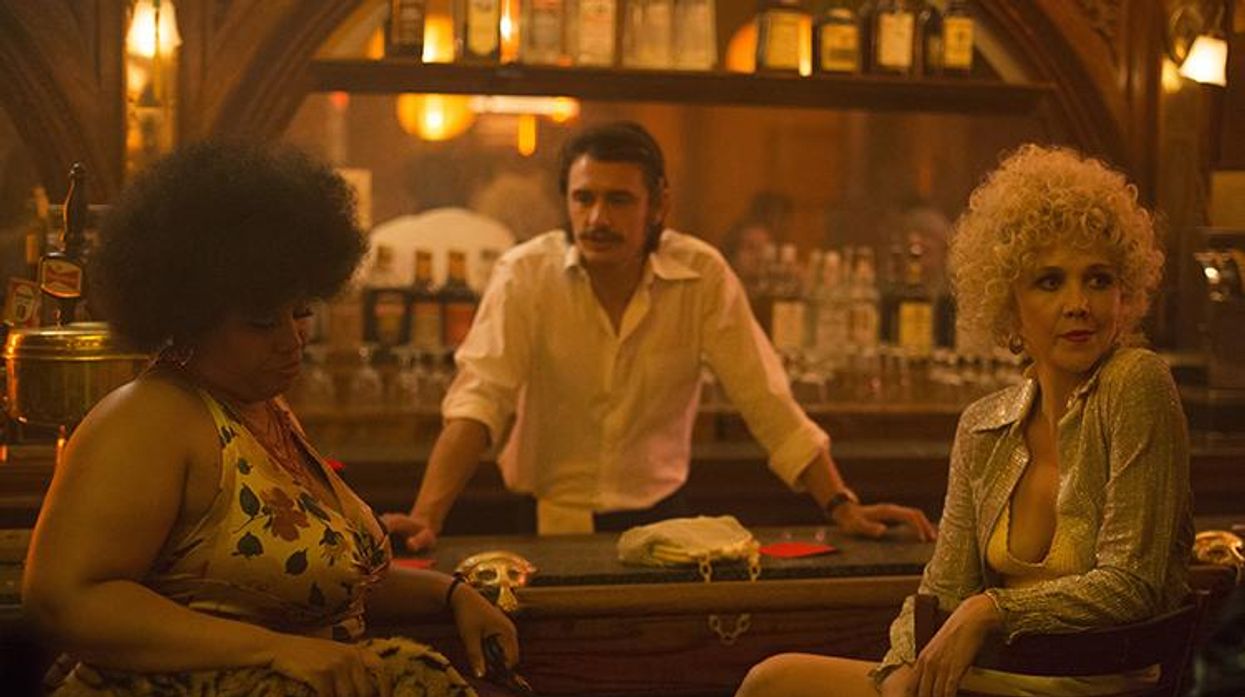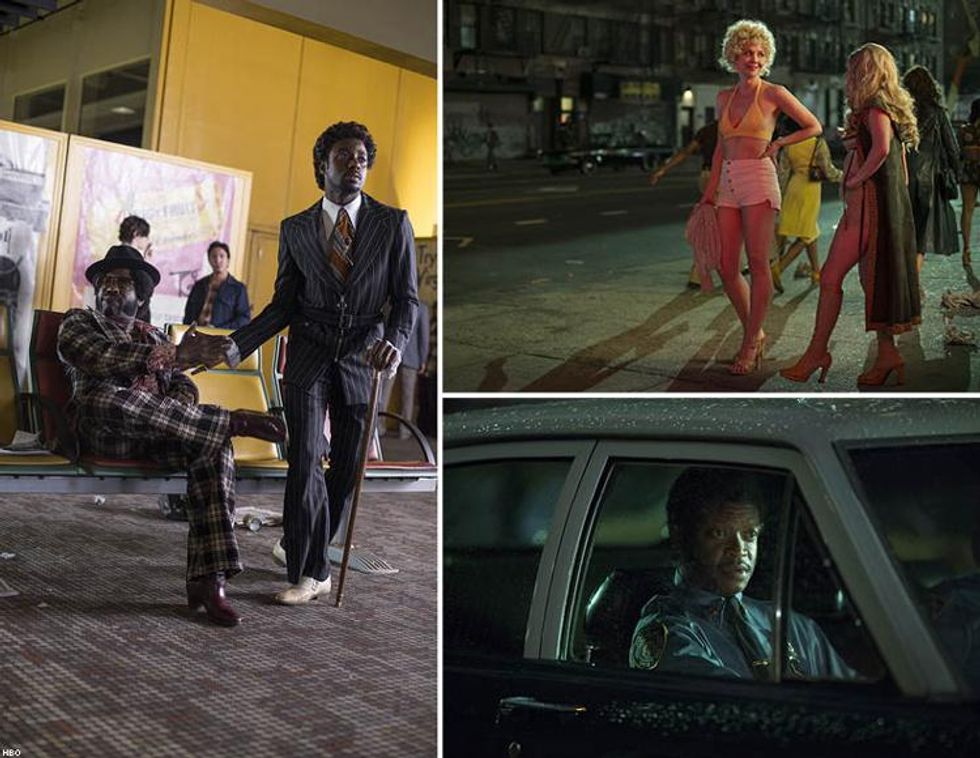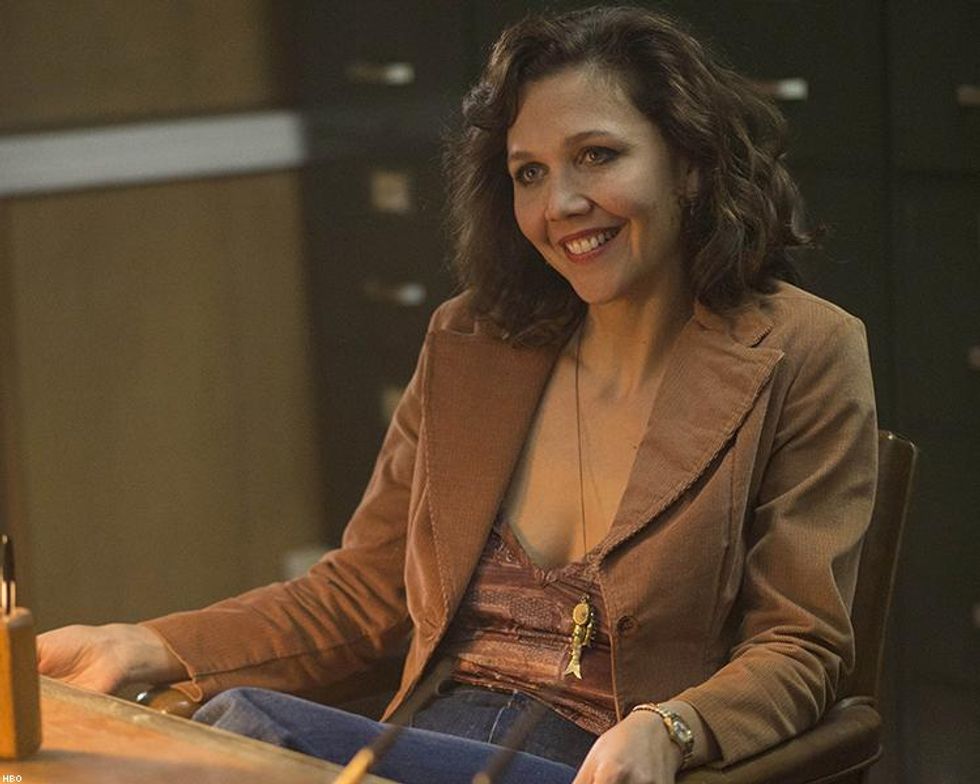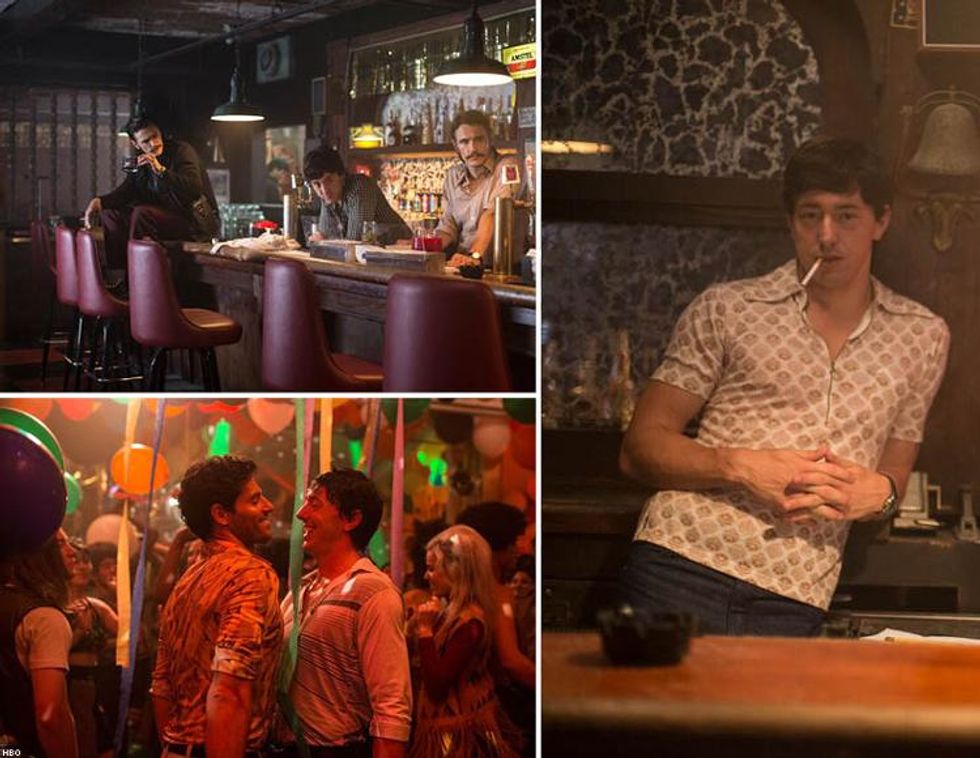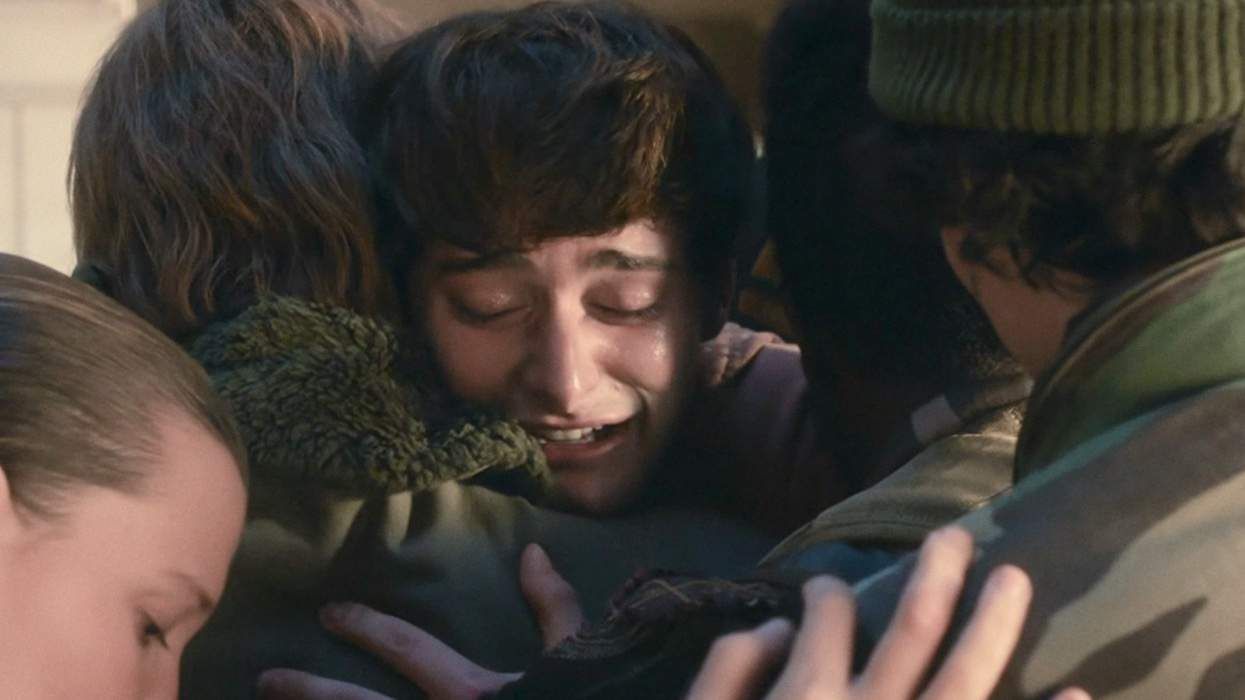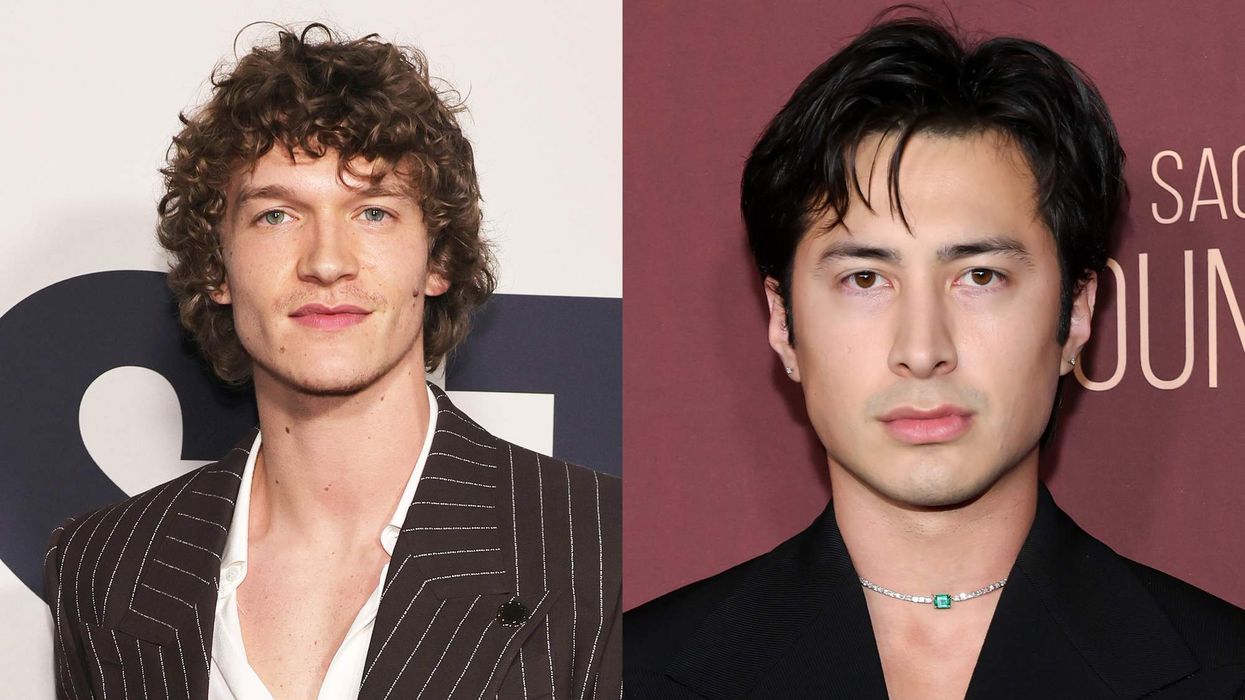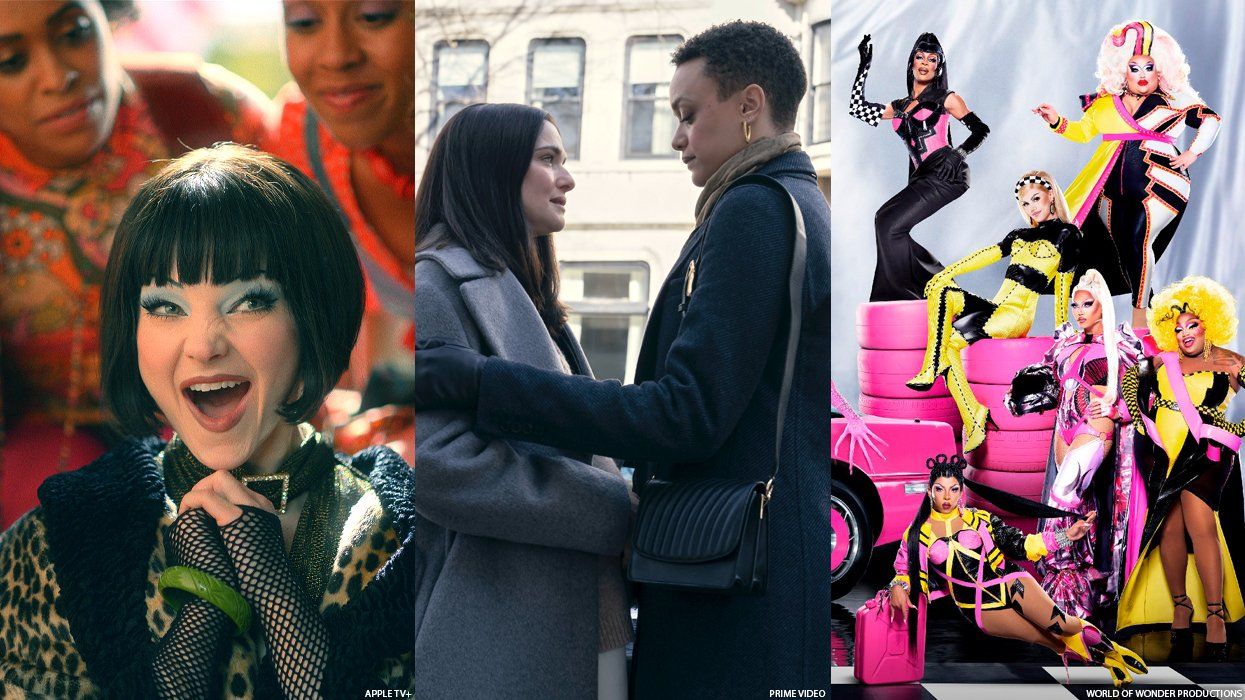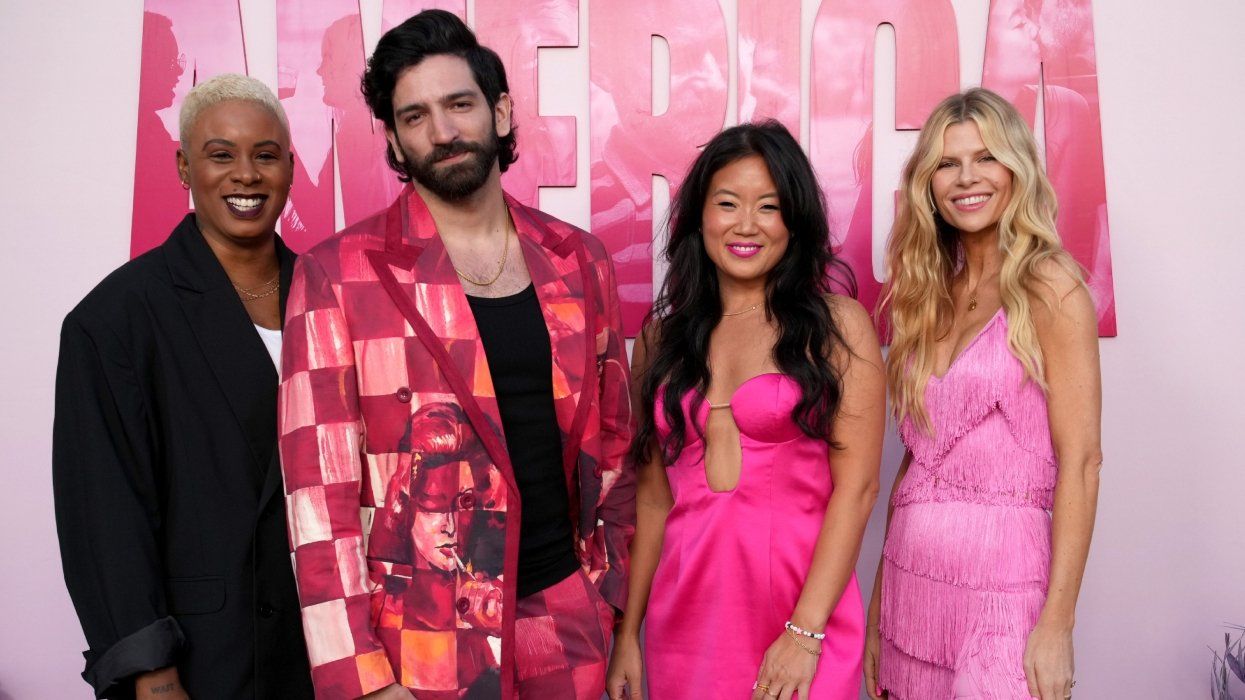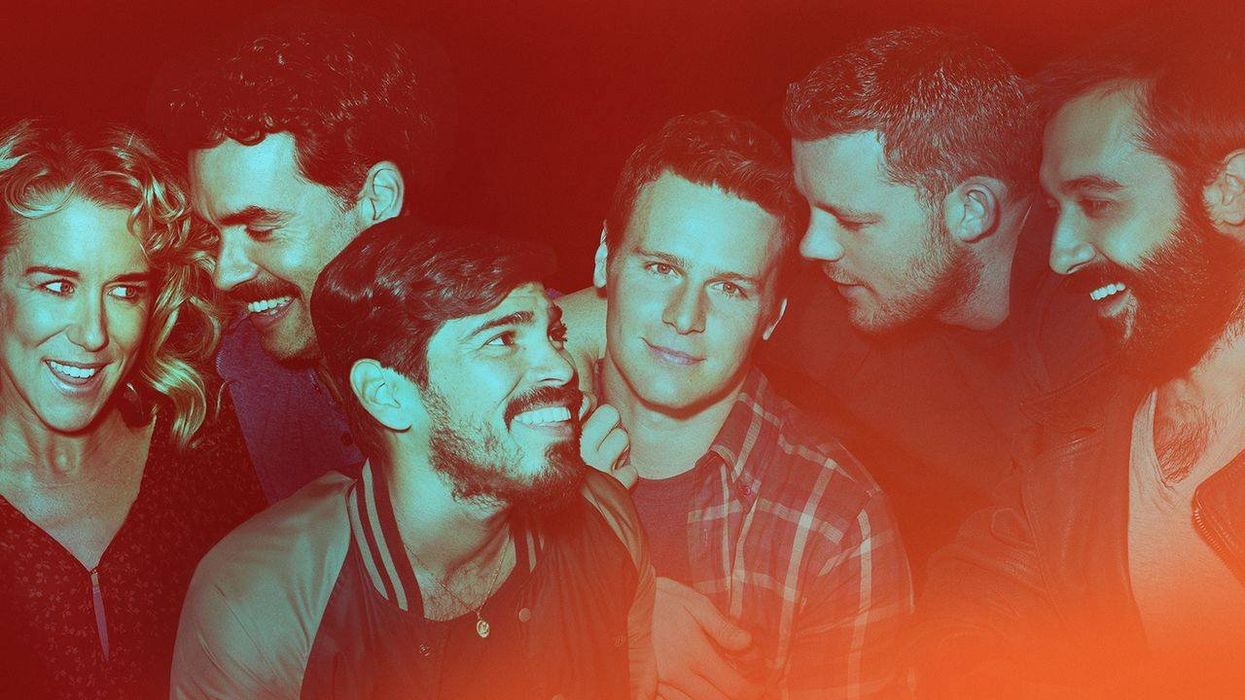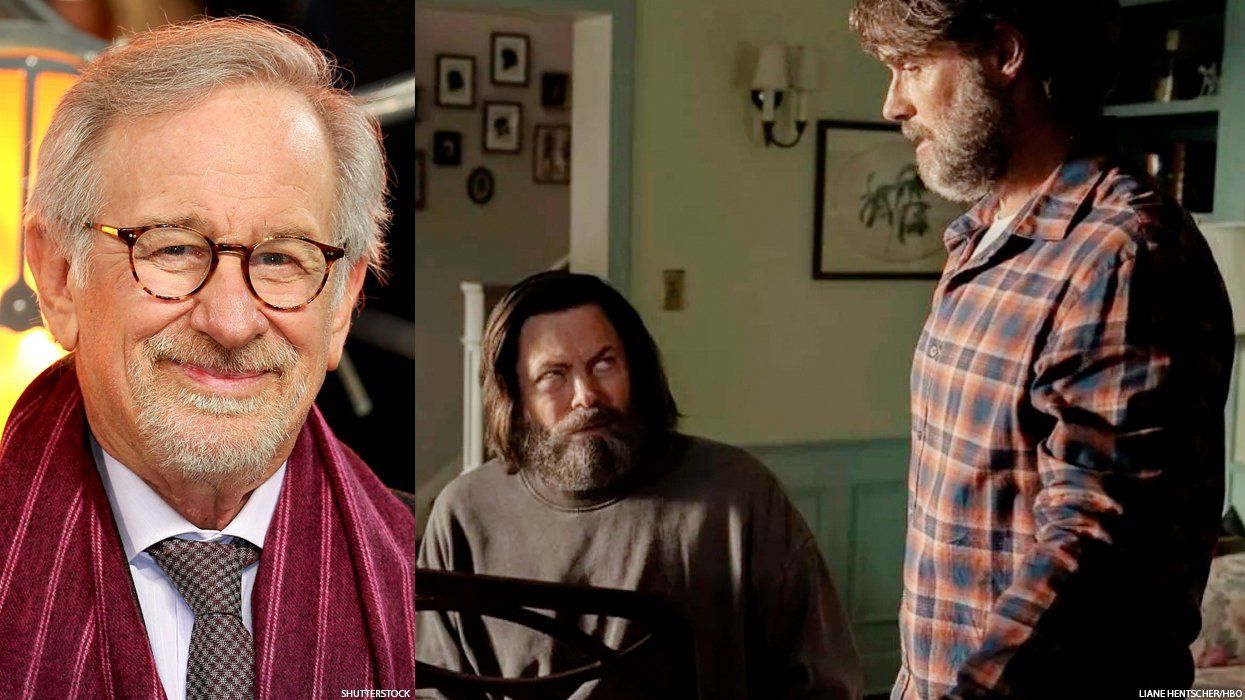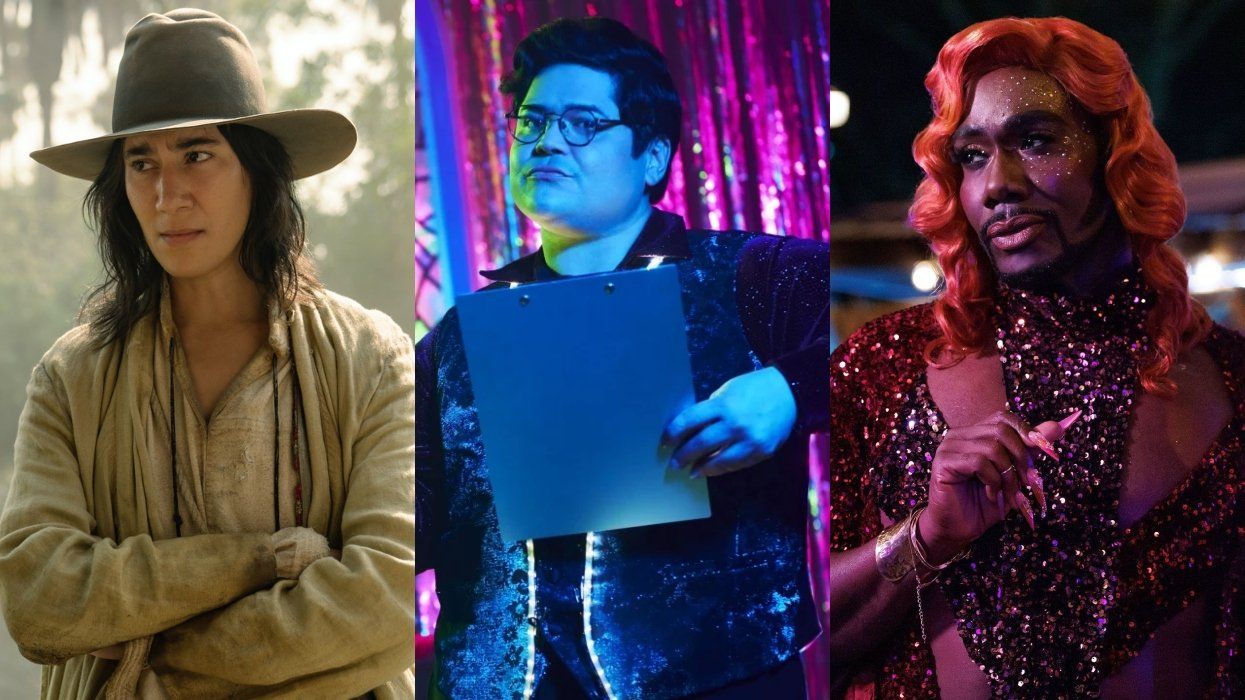HBO's latest gritty, thoroughly researched series, The Deuce, explores the beginnings of the pornography industry in New York from the 1970s to the mid-'80s. Each week, viewers can watch the industry's fascinating origins as an underground business, centered in Times Square and backed by the Mafia, before it became a legally protected and influential multibillion-dollar industry. Decades of nuanced political, sexual and entertainment milestones made the advent of legalized porn possible--and the gay liberation movement played an essential role.
There are difficulties in tracing this history. For example, it's hard to calculate just how big the porn current business is. Recent estimates of the industry's annual U.S. revenue are in the $10-$12 billion range, down from an estimated $20 billion in 2005, likely due to the increased availability of user-produced, free porn and pirated productions online. Academic experts are reluctant to name even general figures for lack of an adequate paper trail.
However, from what we know about the beginnings of pornography in the U.S., that thin paper trail is a pretty consistent historical thread. Sales were recorded of the more widely released adult films, or general-release films that simply contained adult content like Alex de Renzy's documentary Censorship in Denmark. But revenue was rarely calculated and recorded in totality by most early production houses located in New York.
When revenue was recorded, it's likely that the numbers didn't accurately reflect the goings-on of the business. That comes as no surprise, given that many facets of the industry had ties to organized crime, illegal prostitution, and bribery of police--much of which played out in Times Square, referred to locally as the Deuce by both its inhabitants and law enforcement.
Reggie Love (Tariq Trotter, left) and C.C. (Gary Carr, right) shake hands before C.C. departs from Port Authortity Bus Terminal. Eileen "Candy" Merrell (Maggie Gyllenhaal; top-left) works the Deuce with Ashley (Jamie Neumann top-right). Chris Alston (Lawrence Gilliard Jr.; bottom-right), a bought yet watchful police officer, presides over the Deuce from his squad car.
Obscenity laws that banned the production, sale, and distribution of material appealing to "prurient interest"--ratified in 1873 under the informal name "Comstock Act" and upheld by the Supreme Court as recently as Roth v. United States in 1957--began to be relaxed and eventually tossed out by courts starting in the mid-'60s.
A major game-changer for the pornography industry came in 1969, when then-Justice Thurgood Marshall wrote for the court in Stanley v. Georgia, "If the First Amendment means anything, it means that a State has no business telling a man, sitting alone in his own house, what books he may read or what films he may watch. Our whole constitutional heritage rebels at the thought of giving government the power to control men's minds." Subsequent decisions found that some pornographic material was protected under the First and Fourteenth Amendments, though still quite selectively and regionally dependent.
Interestingly, not long after Justice Thurgood's decision, 1970's Mona: The Virgin Nymph had the first general release for an adult film with a plot, helping to launch the Golden Era of pornographic film--roughly 1969 to 1984 according to Dr. Shira Tarrant in her new book, The Pornography Industry: What Everyone Needs to Know. During this period, mainstream cinema took great interest in films that were either explicitly pornographic or contained pornographic elements, notes Tarrant, who holds a Ph.D. in political science from the University of California, Los Angeles and currently teaches for the California State University, Long Beach Department of Women's, Gender, and Sexuality Studies.
Of course, Censorship in Denmark predated Mona, but it was only allowed to be released as a documentary--"strictly for science"--and only after its title was changed from Pornography in Denmark, so newspapers would agree to run advertisements bearing the film's title. Mona was screened as pure entertainment and art.
Through Eileen (Gyllenhaal), the audience sees behind the scenes of the burgeoning porn industry. Her direct involvement with its production introduces elements of feminism and empathy into a previously male-dominated industry.
After Mona came Deep Throat, which marked the entrance of porn films into mainstream discourse with no less than Johnny Carson discussing it during one of his widely viewed monologues on The Tonight Show Starring Johnny Carson. The coverage did wonders for adult film. "Celebrities, diplomats, businesspeople, and critics began flocking to theaters and discussing the phenomenon in mainstream media," Tarrant says.
Richard Corliss, the longtime Time magazine film critic, was among those reviewers. Corliss wrote a comprehensive history of the beginnings of the Golden Era for the publication in 2005, therein noting, "Mainstream newspapers (the Timeses of New York and Los Angeles, the Chicago Sun-Times' Roger Ebert) and magazines (Time and Newsweek) reviewed the more ambitious softcore movies in the '60s and then hardcore, when it was legally exhibited."
Given that adult movie theaters and stores selling products with adult content were routinely raided by police during that period, the logical next question is, as Corliss predicts, "Why?"
"Because it was sufficiently dangerous, popular, newsworthy and, frequently, ambitious to warrant the interest of reviewers," Corliss explains. "The opinion of many of them, including me, was that there might be a meeting of pornography, which had quickly established a kind of artistic pedigree, and Hollywood, which was striding toward explicit sexuality."
Those critics, some of whom wrote just outside the perimeter of Times Square, were correct. Hollywood took notes right out of pornographers' playbooks and amped up Motion Picture Association-approved sex on-screen in the decades to come. The intersection of art and sex that occurred in courts, along the Deuce, in theaters and in small, independent pornography studios during the '70s loosened the shackles put in place by early obscenity laws and opened the floodgates for art that incorporates sexual aspects of humanity.
Paul Hendrickson (Chris Coy; top-left center, bottom-left right; right) plays a gay bartender who ultimately finds a job working for Vincent Martino (James Franco; top-left right). Queer people, and the gay liberation movement, played a key role in the porn industry's legalization.
Specifically regarding material that referenced homosexuality, judges lumped gay pornography alongside literature--artistic, informational and political--and even personal content sent in the mail or otherwise sold by gay people as obscene. And as one would expect, their sentences were less than lenient. One landmark case that began in 1967 saw "physique magazine" publishers Lloyd Spinar and Conrad Germain face a potential 145 years in prison and $145,000 for selling and distributing products that contained full-frontal male nudity.
While the two were originally found guilty, they were eventually acquitted of all charges in 1971 by a federal appeals court, two years after the Stonewall riots. Their case helped redefine the legality of queer artistic and political visibility. In an early ruling, Judge Earl R. Larson wrote in the court's opinion, "The rights of minorities expressed individually in sexual groups or otherwise must be respected." To queer communities, this sounded like the distant tides of change finally rolling in.
Amid the gay liberation movement of the late '60s and '70s, this newfound legal freedom to view queer pornographic material in private played a key role in the development of proud, public sexual identities. Previously restricted to underground pornographic productions, gay magazines masquerading under the label of "physique magazines" and art only legally permissible because it passed antiquated obscenity tests, queer art was then allowed a step toward holding public space--a step toward equality.
The 1971 film Boys in the Sand from writer and director Wakefield Poole is widely credited as one of the first gay, pornographic films to be shown in a mainstream theater: New York's 55th Street Playhouse. Straight, gay, bisexual, and lesbian audiences attended the 90-minute, $8,000 production, which grossed over $400,000 and gained reviews by both Variety and The New York Times. In fact, Poole's production was the first gay film to be reviewed by Variety, accompanied by the astounding statement, "There are no more closets." According to Poole's 2011 Dirty Poole: A Sensual Memoir, the film also marked the first time a gay display advertisement ran in the Times--within the Sunday edition, no less.
And in the wake of the big- and small-screen gay sex revolution, legalizing and producing gay and lesbian pornography seemed not to muddle progress in the fight for equality. The American Psychiatric Association removed homosexuality as a mental illness listed within the Diagnostic and Statistical Manual of Mental Disorders, commonly referred to as the DSM, in 1973. Elaine Noble became the first openly gay candidate to be elected to a state office in 1974 when she won a seat as state representative in the Massachusetts legislature. The world seemed to be agreeing, albeit slowly: LGBTQ liberation demanded sexual liberation. The two could not be separated.
The pornography industry, both straight and queer, still faces a host of issues with regulation, health care, and drugs, just as it did back in the days of The Deuce, as well as backlash from conservative groups who believe the business doesn't belong out in the open. In many circles, the definition of obscenity hasn't changed since the implementation of the Comstock Act.
What has changed is the ability to portray human desire on-screen, the creative ways in which that desire is shown, and both the good and bad that evolved alongside.
Watch the origins of the porn industry unfold Sundays at 9 p.m. Eastern on HBO's The Deuce.


